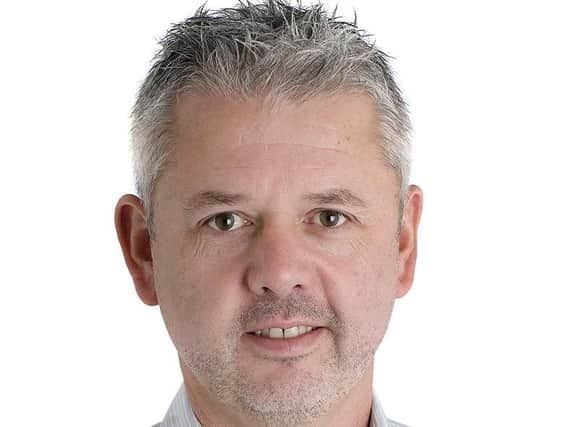Remote patient monitoring can help to ease the pressure the NHS faces - Bryn Sage Chief executive of Inhealthcare


In the simplest terms, this means making tens of thousands of beds available to cope with people needing emergency care for severe acute respiratory disease.
To free up existing space in the shortest possible period of time, we must be able to quickly and accurately identify those inpatients who can be safely discharged from hospitals to care homes and those residents who can be safely transferred from care homes to live in their own homes – with the support of social care services when needed.
Advertisement
Hide AdAdvertisement
Hide AdThis ‘step-down’ process can be challenging at the best of times. The reasons for delayed transfers of care – bed-blocking as the media calls it – are complex but the end result is sadly the same: people occupying hospital beds when they should be elsewhere, often to their own detriment.
The best way to fix this is to improve the quality and flow of information between different health and care providers.
Better data will allow a hospital to discharge a patient to a care home, safe in the knowledge that vital signs will be remotely monitored and acted on when necessary.
Better data will also allow a nursing home to transfer a resident to their own home with that same ability to remotely monitor and manage the individual’s health and wellbeing.
Advertisement
Hide AdAdvertisement
Hide AdRemote monitoring is now a mature technology. In recent years, it has been adopted by a growing number of providers in the NHS and social care sector. But the threat of coronavirus has turbocharged its take-up. Health and care providers absolutely must have services that minimise face-to-face contact, increase capacity and prioritise high-risk citizens.
Health and Social Care Secretary, Matt Hancock, has been a powerful advocate for new ways of working since assuming the role in 2018.
Mr Hancock set up NHSX last year to drive forward the digital transformation of health and social care. Led by former diplomat Matthew Gould, the new unit is playing a central role in helping the UK deal with the challenges created by the spread of Covid-19.
The public demand for digital health services is growing. Research published this month shows that 38 per cent of people have increased their use of NHS technology since the start of the outbreak.
Advertisement
Hide AdAdvertisement
Hide AdThe NHS website received a record 61 million visits in March while registrations for the NHS app more than doubled.
As a proud Yorkshire company, we have worked hard to establish a reputation as a UK market leader in digital health and remote patient monitoring services that span health and social care boundaries. We have proven expertise in sharing vital information between citizens, carers and clinicians in a range of health and social care settings.
Over the last eight years, we have worked closely with our public sector partners to co-design and deploy more than 70 commissioned services with NHS and local government organisations.
Before coronavirus, our partnerships helped people lead healthier lives for longer and kept them out of hospital when they did not need to be there. After the onset, we are doing all that and working hard to help protect staff as well.
Advertisement
Hide AdAdvertisement
Hide AdWe know from the experience of other countries ahead of us on the coronavirus curve that our health and care system will need every single resource at its disposal to save the greatest number of lives possible. It will take an enormous national effort. But with technology on our side, we have a fighting chance.
Bryn Sage is chief executive of Inhealthcare